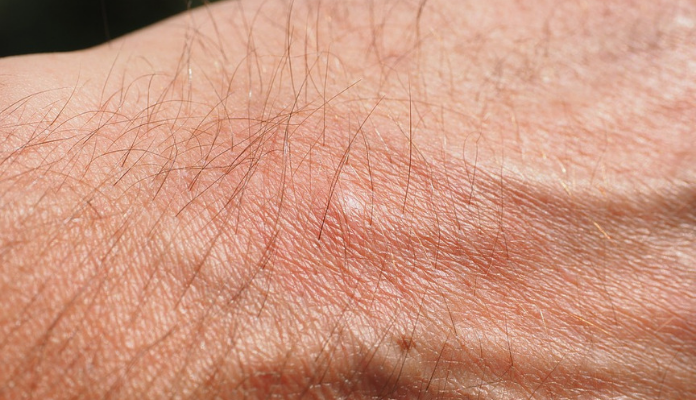Skin Troubles In Intimate Areas
The skin is the largest organ of the body and can experience a wide range of symptoms under the influence of the environment, personal hygiene. sexual habits, lifestyle and hereditary factors. The intimate areas in both males and females, also called the groin region, inguinal or perineal area, may develop acute or chronic rashes with or without symptoms.
Rashes that affect the groin may be limited to the groin or may involve other areas of the body. Coexisting skin diseases over other body sites can also occur. Anogenital problems can be very distressing, recurring and embarrassing. At times, they can also attain such severity that they interfere with sexual functioning. self-image and interpersonal relationships.
Common Lesions In The Groin
(One or more of these symptoms and signs can occur alone or could exist together)
- Redness
- Peeling or scaling of skin
- Blackish or whitish discoloration
- Itching
- Burning
- Pain
- Boils, bumps or swellings
- Raw areas. sores or ulcers
- Discharge from genital area
- Growths over perineal region
The groin area is a warm, shaded and moist area. Therefore, it is a perfect environment for germs to grow. The infections can be sexually transmitted or non-sexually transmitted routine skin infections. Sexually transmitted diseases like herpes genitalis and syphilis can cause the skin to break down, resulting in open sores.
Inflammatory Skin Problems
Allergic Reactions – To skin care products. fragrances, rubber, oral medications etc.
Contact Dermatitis – Irritant reactions due to continuous over exposure to deansing agents, anti-septic products etc.
Eczema – Atopic dermatitis.
Folliculitis – Irritation and ingrown hair following pubic hair shaving.
Intertrigo – Inflammation, friction or irritation of skin folds.
Psoriasis – Persistent well demarcated red and occasionally scaly patches and plaques.
Seborrheic Dermatitis – Reddish scaly lesions.
Hidradenitis Suppurativa – Lumps in skin folds.
Lichen Planus – Red-purple patches or erosions.
Lichen Simplex – Rough, hardened skin with continuous scratching.
Skin Growths – Skin tags, reddish bumps (angiokeratomas).
Vitiligo – Light or white discoloured patches.
Self-Treatment – Side effects like striae, secondary infections and skin thinning by OTC creams.
Others – Skin diseases like aphthous ulcerations, genital malignancies. and genital pruntus and pain conditions are also sometimes seen.
At times, anogenital problems can also attain such severity that they interfere with sexual functioning, self- image and interpersonal relationships
Skin Investigations Your dermatologist, after taking a careful history and after a full skin examination, including the genital skin might order tests like the following.
- Swabs from the affected skin, urethral or vagina for bacteria, yeast and virus culture.
- Wood’s lamp examination.
- Examination of scales, eggs, hair etc.
- Blood tests.
- Skin biopsy.
Treatment
There are several compelling reasons to seek prompt medical care it you develop a groin rash, including the possibility of spreading the rash or developing significant complications. Treatment depends on individual conditions. Genital skin is delicate, so treatment must be undertaken gently. Wash with warm water once or twice daily. Avoid soap. A pH balanced non- soap cleanser can be used but should be rinsed oil. Keep the area dry of sweat and water.
Use gentle creams, coconut oil or dusting powders. Never self-treat a rash for more than three to five days as it can do more harm than good. You might end up having serious side effects from the creams you use. Please consult a doctor and follow his advice. Never continue using the creams for more than the prescribed durations. With a little care and the right treatment, skin issues ¡n the intimate areas can be addressed successfully.
